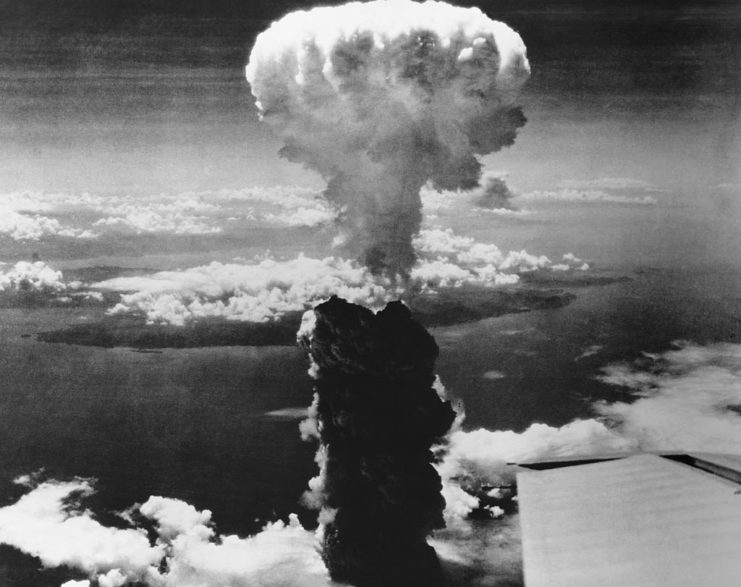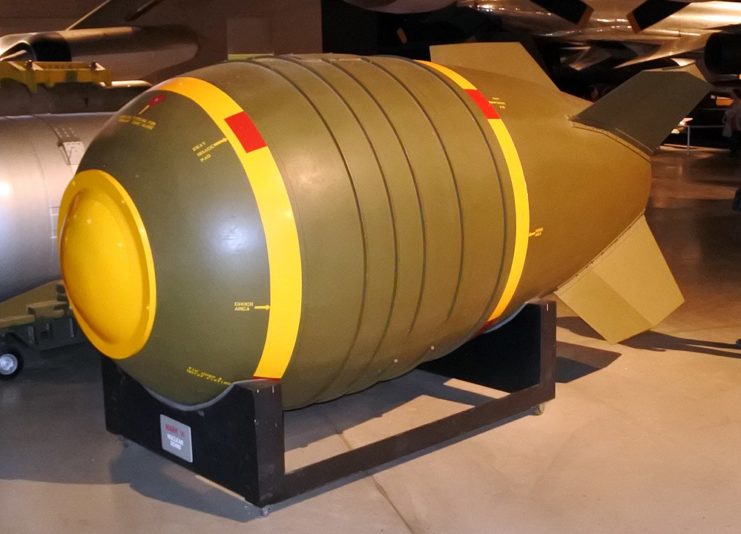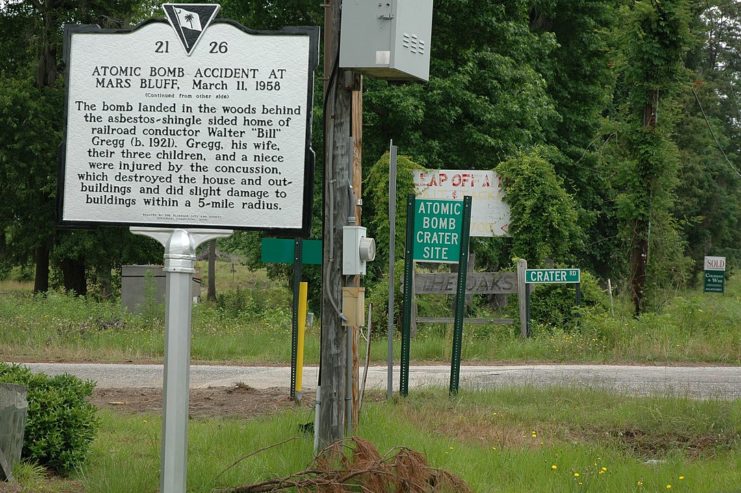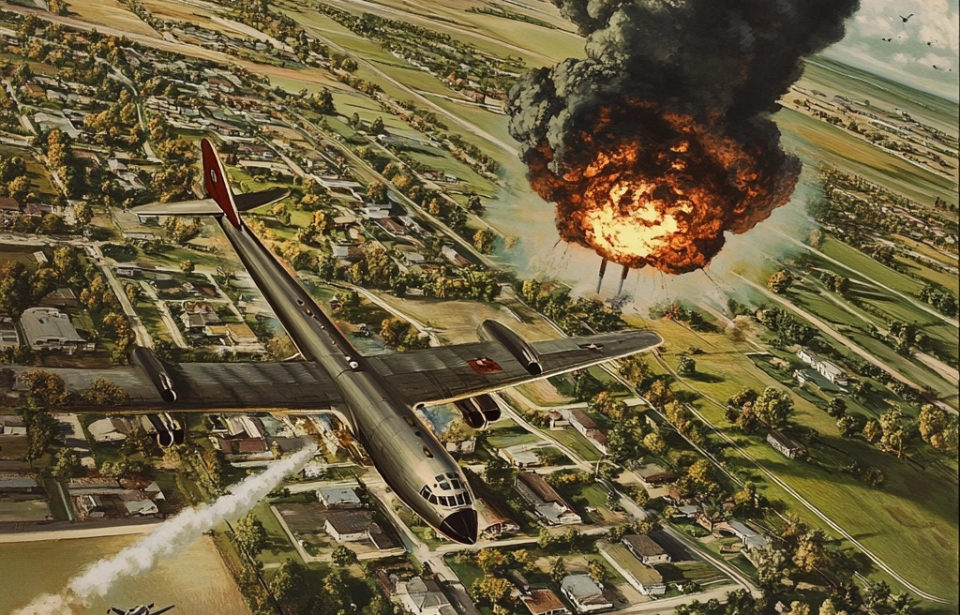The United States continued developing bombs after World War II

The Second World War was a harrowing conflict. The US brought it to a close in the summer of 1945 by dropping the atomic bombs Little Boy and Fat Man on Hiroshima and Nagasaki. Nonetheless, the nation continued to advance its development of newer and more powerful nuclear weapons.
Development of the Mk 6 nuclear bomb

The Mk 6 nuclear bomb, an upgraded version of the weapon used on Nagasaki during World War II, underwent various modifications from 1951 to 1955 and remained in service until 1962. Over this period, more than 1,000 units were manufactured, each capable of delivering different nuclear yields.
As part of preparations for a potential conflict with the Soviet Union, the US Air Force incorporated the Mk 6 into training exercises. As a result, the 1950s witnessed several accidental discharges, commonly referred to in military jargon as “broken arrows.”
A Mk 6 nuclear bomb is dropped on Mars Bluff, South Carolina

Prior to takeoff, the crew had encountered difficulties securing their Mk 6 nuclear bomb in the bomb bay, struggling with getting it into the right position. They used a sling to hammer the steel locking pin into place. However, after takeoff, the mechanism disengaged as expected, but failed to lock back in place once the aircraft was in the air.
Captain Bruce Kulka, the navigator and bombardier, was informed of the problem. While inspecting the area, he accidentally triggered the emergency release pin, causing the bomb to drop from an altitude of 15,000 to 20,000 feet. Kulka narrowly avoided falling out of the open bomb bay by grabbing onto something and pulling himself back to safety.
The Mk 6 bomb landed on a playhouse Bill Gregg had built for his children, who were playing about 200 feet away at the time. The explosion demolished the playhouse and created a 70-foot-wide crater. Gregg, his wife, and their children were injured, and seven nearby buildings were damaged.
Reaction to the Mars Bluff Incident

Surprisingly, none of the people affected by the blast sustained serious injuries because the Mk 6 bomb’s explosive nuclear core was housed in a separate section of the B-47 aircraft. The explosion involved only the TNT within the bomb. If a full-scale nuclear detonation had taken place, the resulting destruction would have been catastrophic.
Military authorities arrived at the scene shortly after the incident. The Gregg family, who lost everything in the explosion, sued the Air Force and were granted $54,000 in compensation. Despite their hardship, Bill Gregg remained upbeat, later telling the local newspaper, “I’ve always wanted a swimming pool, and now I’ve got a hole for one at no cost.”
Legacy of the Mars Bluff Incident

More from us: The US Army Air Corps Once Dropped Bombs on Boise City, Oklahoma
New! Want to become a trivia master? Sign up for our War History Fact of the Day newsletter!
The near-disaster became known as the “Mars Buff Incident,” and received local and international coverage. It also contributed to a change in the way the Air Force ran its training exercises going forward, especially since accidents like it were more common than the military would have liked to admit. Shortly after, the branch stopped carrying nuclear bombs during training missions.
